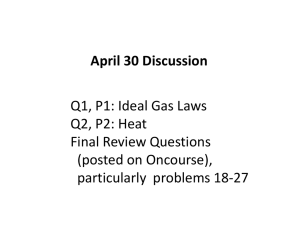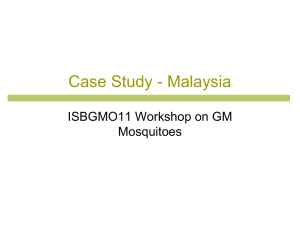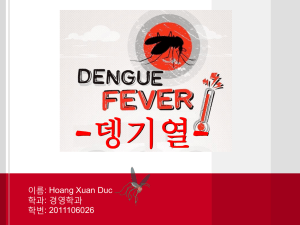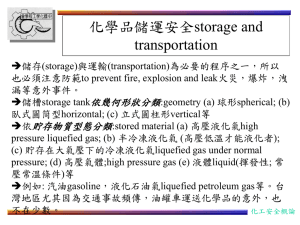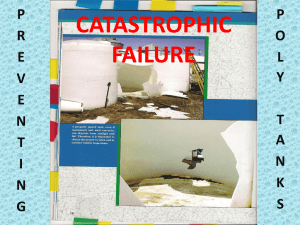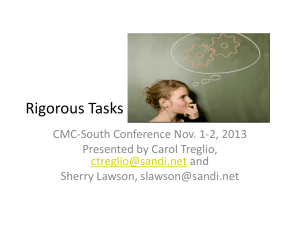- International Network on Household Water Treatment
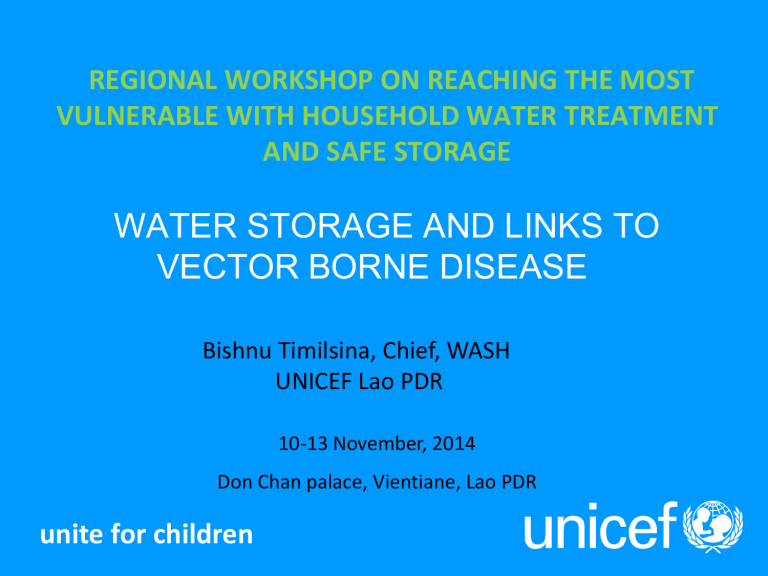
REGIONAL WORKSHOP ON REACHING THE MOST
VULNERABLE WITH HOUSEHOLD WATER TREATMENT
AND SAFE STORAGE
WATER STORAGE AND LINKS TO
VECTOR BORNE DISEASE
Bishnu Timilsina, Chief, WASH
UNICEF Lao PDR
10-13 November, 2014
Don Chan palace, Vientiane, Lao PDR unite for children
Introduction
Vectors transmit diseases through bites. Mosquitoes, ticks, bedbugs, etc. are the vectors.
These diseases are commonly found in tropical and sub-tropical regions.
Vector-borne diseases account for 17% of the estimated global burden of all infectious diseases like malaria.
Dengue -World's fastest growing vector-borne disease
Improper storage of water at home, poor drainage and uncollected waste in the community leading to stagnant water, is the main cause of the increased population of vectors.
2
Lifecycle of Vectors (Mosquitos) and Related Diseases
Mosquitoes need stagnant water to breed
Mosquitoes breed, and lay eggs throughout the warm months.
Mainly, dengue fever, chikungunya, encephalitis, malaria, yellow fever, and
West Nile Virus (WNV) are commonly found vector borne diseases.
3
Link with water storage
The relatively frequent detection of faecal indicator bacteria in rain water is not surprising, given that roof catchments and gutters are subject to contamination by bird and small animal droppings.
There is no risk of dengue mosquito laying its eggs in water kept in a pot for a day,
4
Link with Water Containers
Most mosquitoes lay eggs that require water for hatching. Some mosquitoes lay eggs directly on the surface of water
Mosquito is attracted towards water with traces of dust in it.
If pot is kept in the open for six days it may carry some particles of dust and attract dengue mosquito to breed in it.
5
Link with Water Containers
Aedes aegypti or Aedes albopictus breeds almost entirely in man-made container habitats inside and close to human habitation, particularly items such as rain-filled discarded food and beverage containers, plastic packaging, used tyres, domestic water storage containers and any other confined, water-filled containers.
6
Common container
Common containers in which eggs develop into adult dengue mosquitoes
Large discarded containers (tires, damaged appliances) and small discarded containers (paint cans)
Top of Page
Trash cans, pails or buckets, painting trays, toys
Top of Page
Containers that are filled with water by people and also collect rain water
Water-storage containers (wells, tanks, cisterns, barrels, jars, buckets).
Top of Page
7
Monthly distribution of Dengue Cases in Myanmar
2007 and 5-year average (2003 - 2007)
5000
4500
4000
3500
3000
2500
2000
1500
1000
500
0
Jan Feb Mar Apr May Jun Jul Aug Sep Oct Nov Dec
Months
2007 5-year average
8
Control Vector Breeding from Long Term Storage
Emptying vessels more often than every 7 days strongly reduced pupal production
System like RWH needs longer term storage. because it needs to balance water over year not day or month
Only way of delink vectors from storage is sealing.
9
Removing breeding sites
Critical in Laos/Cam/VN conditions:
1. Remove stagnant water around the home, turn over pots/coconuts/tins
2. When collecting rainwater: clean the gutters as well, do not allow leaves to create stagnant water
3. Keep tanks well covered and ensure functioning screen in critical places
10
RWH storage as breading sites
Mosquito breeding in
RWH tank can be controlled by using screen on way from gutter to tank
11
12
13
GUIDANCE ON USE OF
RAINWATER TANKS [Australia MoH]
Rainwater tanks have been identified as potential breeding sites for vectors of dengue virus and the WHO recommends all tanks have screens or other devices to prevent adult mosquitoes from emerging (WHO 1997).
In Queensland it has long been suggested that rainwater tanks are associated with breeding of Aedes aegypti, the primary vector of dengue virus (Kay et al. 1984). This was confirmed in an outbreak of dengue in the Torres Strait
Islands in 1996–97 (Hanna et al. 1998). In addition, a survey conducted in the Torres Strait Islands in 2002 detected adult mosquitoes, including Aedes aegypti, in rainwater tanks with missing or faulty insect screens
(Ritchie et al. 2002
14
WSP for RWH
NO
1
2
3
4
5
Hazards
Roof not cleaned properly of faecal material found
Tree overhanging over collection tank
Animal and bird entering the tank
Risk
4
3
3
Tank dirty and accumulation of sediment
First flush of water enter into the tank
4
5
Control Monitoring
When
Corrective action
Clean roof regularly Cleaning of roof and gutter
Before rainfall
Tree branches do not overhang the roof and tank
Annual
All opening on tank free from animal and bird entry
Annual
Tank cleaned regularly and disinfected annually
Annual
First flush diversion in place and used properly
Before raining
Trim trees
Install and repair inspection cover and vents mesh
Clean tank regularly and disinfect.
Install first flush system and train users.
15
WSP for RWH
NO Hazards Risk Control Monitorin g
Corrective action
6 Unhygenic withdraw of water
5 Install tap or other sanitary means for withdraw
7
8
Leaching of chemical in to intake
Leakage or cracks on tank
3 No source of chemical or set back distance
2 Free from leakage and cracks
9 Water not filtered 2 Filter installed and maintained
When
Monthly Move contamination source or improve sanitary condition
At installation
Install tap at least 5 cm above base of tank
Annual Sanitary inspection
Annual Install and clean filter
10 Leaching of chemical from roof(pb, As)
Material of roof approved
At installation
Material tested or approved
16
17
18
Conclusion
Both drinking water and unmanaged waste water can be the causes of vector borne disease if not handled properly
Storage tank and vessels for drinking water need to be emptied and dried regularly within one week
Storage tank at system level need to be covered or screen applied to control mosquito get in to water tank
Stagnant water around community need to be drained as part of sanitation activities.
Environmental Management, Chemical Control (Inseticides) and
Social Mobilization (Incl. Community Awareness) together can be used as tools for vectors controls.
19
Rain Water Harvesting
Clean Roof
Standing water
First flush/filter
Clean tank, annual cleaning
& disinfection


